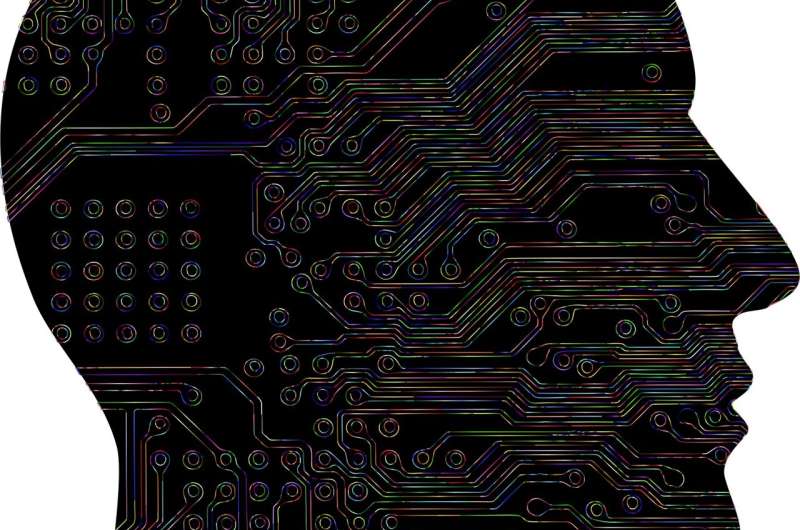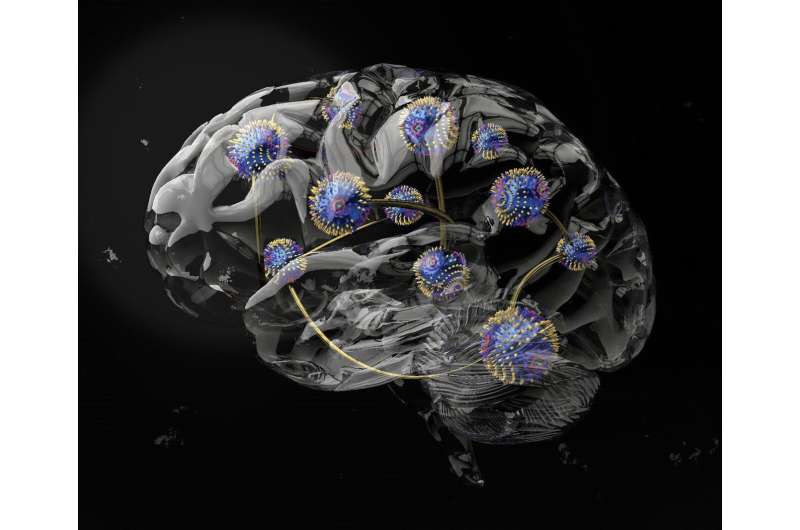快速浏览一下头条新闻,就会发现生成型人工智能如今无处不在。事实上,其中一些标题实际上可能是由生成型人工智能编写的,比如OpenAI的聊天机器人ChatGPT,它展示了一种不可思议的能力,可以生成似乎是人类编写的文本
但人们说“生成人工智能”的真正含义是什么?
在过去几年的生成人工智能繁荣之前,当人们谈论人工智能时,通常他们谈论的是可以学习基于数据进行预测的机器学习模型。例如,使用数百万个例子对这些模型进行了训练,以预测某个X光片是否显示出肿瘤的迹象,或者某个借款人是否可能拖欠贷款
Generative AI可以被认为是一种机器学习模型,它被训练来创建新数据,而不是对特定数据集进行预测。生成性人工智能系统是一个学习生成更多看起来像训练数据的对象的系统。
“当涉及到生成性人工和其他类型人工智能的实际机制时,区别可能有点模糊。通常,相同的算法可以用于两者,”Phillip Isola说,麻省理工学院电气工程和计算机科学副教授,计算机科学和人工智能实验室(CSAIL)成员
尽管随着ChatGPT及其同行的发布而大肆宣传,但这项技术本身并不是全新的。这些强大的机器学习模型借鉴了50多年前的研究和计算进步。复杂性的增加
生成人工智能的早期例子是一个更简单的模型,称为马尔可夫链。这项技术是以俄罗斯数学家安德烈·马尔科夫的名字命名的,他在1906年引入了这种统计方法来模拟随机过程的行为。在机器学习中,马尔可夫模型长期以来一直被用于下一个单词的预测任务,比如电子邮件程序中的自动完成功能
在文本预测中,马尔可夫模型通过查看前一个单词或前几个单词来生成句子中的下一个单词。但麻省理工学院电气工程和计算机科学托马斯·西贝尔教授Tommi Jaakkola表示,由于这些简单的模型只能追溯那么远,它们不善于生成看似合理的文本。他也是CSAIL和数据、系统和社会研究所(IDSS)的成员
“我们在过去十年之前就已经生成了东西,但这里的主要区别在于我们可以生成的对象的复杂性以及我们可以训练这些模型的规模,”他解释道
就在几年前,研究人员还倾向于寻找一种能够充分利用特定数据集的机器学习算法。但这一重点已经发生了一些变化,许多研究人员现在正在使用更大的数据集,可能有数亿甚至数十亿个数据点,来训练能够取得令人印象深刻结果的模型
在这个庞大的文本语料库中,单词和句子以一定的依赖性顺序出现。这种重复性有助于模型理解如何将文本分割成具有一定可预测性的统计块。它学习这些文本块的模式,并利用这些知识提出下一步可能发生的事情。更强大的架构
虽然更大的数据集是导致生成型人工智能繁荣的催化剂之一,但各种重大研究进展也导致了更复杂的深度学习架构
2014年,蒙特利尔大学的研究人员提出了一种称为生成对抗性网络(GAN)的机器学习架构。GANs使用两个协同工作的模型:一个学习生成目标输出(如图像),另一个学习从生成器的输出中区分真实数据。生成器试图欺骗鉴别器,并在这个过程中学会做出更现实的输出。图像生成器StyleGAN基于这些类型的模型
2017年,谷歌的研究人员引入了transformer架构,该架构已被用于开发大型语言模型,如支持ChatGPT的模型。在自然语言处理中,转换器将文本语料库中的每个单词编码为标记,然后生成注意力图,该注意力图捕捉每个标记与所有其他标记的关系。这个注意力映射有助于转换器在生成新文本时理解上下文
这些只是可用于生成人工智能的众多方法中的少数几种。一系列应用
所有这些方法的共同点是,它们将输入转换为一组令牌,这些令牌是数据块的数字表示。只要你的数据可以转换成这种标准的令牌格式,那么理论上,你可以应用这些方法来生成新的数据
These are only a few of many approaches that can be used for generative AI.
A range of applications
What all of these approaches have in common is that they convert inputs into a set of tokens, which are numerical representations of chunks of data. As long as your data can be converted into this standard, token format, then in theory, you could apply these methods to generate new data that look similar.
"Your mileage might vary, depending on how noisy your data are and how difficult the signal is to extract, but it is really getting closer to the way a general-purpose CPU can take in any kind of data and start processing it in a unified way," Isola says.
This opens up a huge array of applications for generative AI.
For instance, Isola's group is using generative AI to create synthetic image data that could be used to train another intelligent system, such as by teaching a computer vision model how to recognize objects.
Jaakkola's group is using generative AI to design novel protein structures or valid crystal structures that specify new materials. The same way a generative model learns the dependencies of language, if it's shown crystal structures instead, it can learn the relationships that make structures stable and realizable, he explains.
But while generative models can achieve incredible results, they aren't the best choice for all types of data. For tasks that involve making predictions on structured data, like the tabular data in a spreadsheet, generative AI models tend to be outperformed by traditional machine-learning methods, says Devavrat Shah, the Andrew and Erna Viterbi Professor in Electrical Engineering and Computer Science at MIT and a member of IDSS and of the Laboratory for Information and Decision Systems.
"The highest value they have, in my mind, is to become this terrific interface to machines that are human friendly. Previously, humans had to talk to machines in the language of machines to make things happen. Now, this interface has figured out how to talk to both humans and machines," says Shah.
Raising red flags
Generative AI chatbots are now being used in call centers to field questions from human customers, but this application underscores one potential red flag of implementing these models—worker displacement.
In addition, generative AI can inherit and proliferate biases that exist in training data, or amplify hate speech and false statements. The models have the capacity to plagiarize, and can generate content that looks like it was produced by a specific human creator, raising potential copyright issues.
On the other side, Shah proposes that generative AI could empower artists, who could use generative tools to help them make creative content they might not otherwise have the means to produce.
In the future, he sees generative AI changing the economics in many disciplines.
One promising future direction Isola sees for generative AI is its use for fabrication. Instead of having a model make an image of a chair, perhaps it could generate a plan for a chair that could be produced.
He also sees future uses for generative AI systems in developing more generally intelligent AI agents.
"There are differences in how these models work and how we think the human brain works, but I think there are also similarities. We have the ability to think and dream in our heads, to come up with interesting ideas or plans, and I think generative AI is one of the tools that will empower agents to do that, as well," Isola says.




